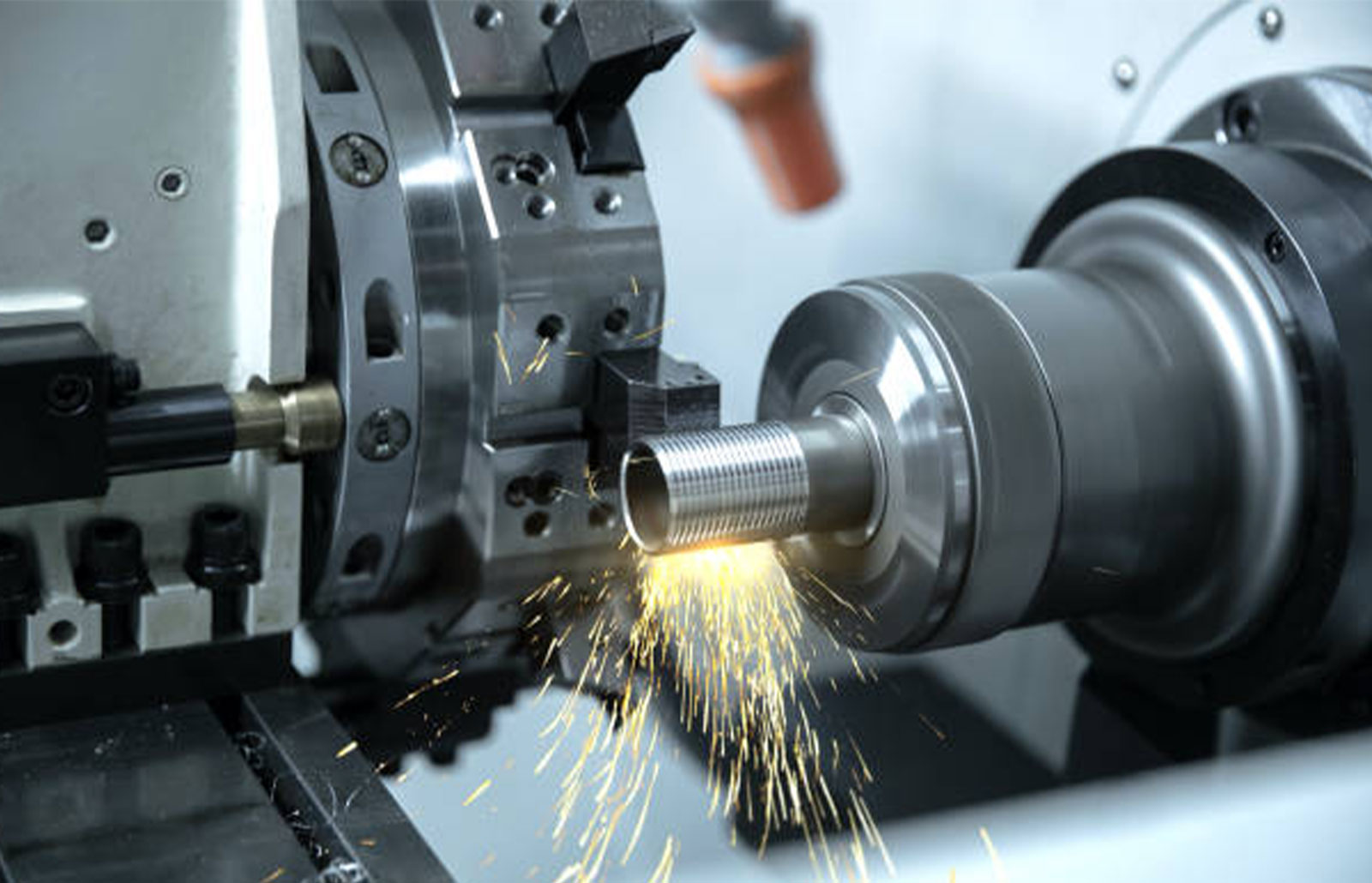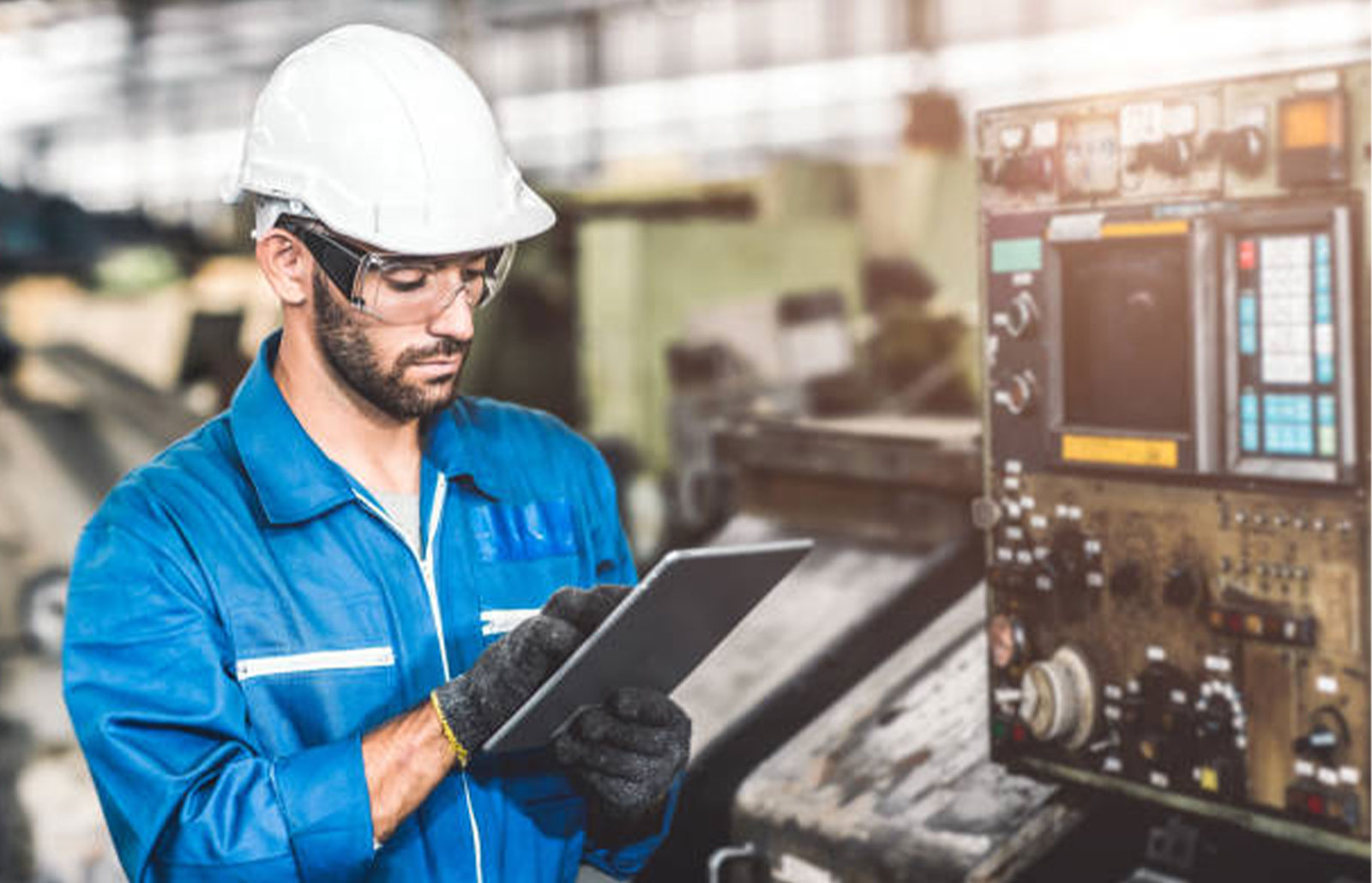CNC technology has improved over the past few decades from punch tape-controlled machines to tools that take CNC programming and create 3D machine parts with outstanding accuracy.
John Parsons is credited with developing the first CNC machine. In 1949, he is credited with developing the first numerical control machine, which was built to function on a set of punch cards that guided the machine on how to operate.
Later, in 1952, a group of Massachusetts Institute of Technology researchers presented the Cincinnati Milacron Hydrotel, the first CNC machine that was commercially available.
Development of CNC Technology
Before the first CNC machine was created, some machines could be programmed to produce different tools. It was known as numerical control (NC).
The first CNC machine was later created by Parsons. There was an evolution as a result of this development. A timeline showing CNC machining history is below.
1952 – 1958
There was a need to increase productivity and efficiency in the production of numerous machines and weapons as the Cold War intensified. As a result, Richard Kegg and MIT created the Cincinnati Milacron Hydrotel, the first CNC milling machine, in 1952. Later, in 1958, Richard Kegg would submit a patent application for the Motor Controlled Apparatus for Positioning Machine Tool.
1967 – 1972
The use of CNC machining was expanding globally. This resulted from the invention of computer-aided design (CAD) and computer-aided manufacturing (CAM) in 1972. Significant advancements in CNC machining were made possible by the addition of CAD and CAM. Yet, both were not considered regular features of the production process.
1976 -1989
In 1976, CNC machining comprised 3D computer-aided design and computer-aided machining. CNC machines that are managed by CAD and CAM software have been the industry standard since 1989.
When and Where Was CNC Machining Invented?
At the Massachusetts Institute of Technology (MIT), the first CNC machine prototype was created. Cincinnati and MIT cooperated to develop the first CNC machine for use in industry.
What Was the Purpose of CNC Machining?
The CNC machine was developed to enable the machining of intricate geometries that were not possible to produce using conventional manual milling processes. CNC machining made it possible to cut mathematically designed features that outline complex non-linear curves, which would be challenging, if not impossible, to do with manual machining.
What Is the Main Goal of CNC Machining?
CNC machining aims to make exact parts in a consistent way with the least amount of human involvement. In the end, this lowers the cost per unit while retaining high standards of quality.
What Was There Before the CNC Machine?
Before CNC machines, NC (Numerical Control) machines were created. Punch cards and later magnetic tape were used for the initial programming of NC machines. In the end, no computer is used; instead, the idea is similar to that of early automatic pianos that played music by rolling punched cards. The machine then produced the part after receiving these instructions.
What Was the First Use of CNC Machining?
In 1949, the CNC machine was used for the first time to make helicopter blades and create aerofoil forms.
CNC Machines History: Milling Machine
The very first milling machine, like many others, comes from war. Before a potential conflict with France in 1789, the US government approached inventor Eli Whitney to manufacture weapons.

Whitney created a brand-new manufacturing strategy centered on the creation of replaceable rifle parts that allow the use of various weapons. All of the designs were compiled into a set of manufacturing-related patterns that had to be followed. A device that could cut metal by copying these patterns was required for this purpose.
Who Invented Milling Machine?
The first milling machine was created somewhere in the 1700s; however, the exact year is impossible to determine. They were used to carve wheels by clockmakers. In the US, Eli Whitney used this phrase for the first time in 1818.
Many believe that Whitney, who is better known for developing the cotton gin, was the first to create an efficient milling machine. He created it in the hopes that it might help in the production of large quantities of gun parts.
Other Articles You Might Enjoy
- Custom CNC Machining for High-Tech Security Systems
Introduction to CNC Machining for High-Tech Security Systems Custom Computer Numerical Control (CNC) machining plays an integral role in the production of high tech security systems. It is a manufacturing…
- The Role of Precision in CNC Machining: How Tight Tolerances Impact Cost and Quality?
Introduction: Understanding Precision in CNC Machining In manufacturing contexts, precision is epitomized by Computer Numerical Control (CNC) machining. In essence, CNC machining is a process utilized widely within the manufacturing…
- 3 Types of CNC Milling Machines: Process & Production
What Is CNC Milling Machining Process? CNC milling is a process that uses rotating cutters to gradually remove material from a block until the required customs form is created. It…









